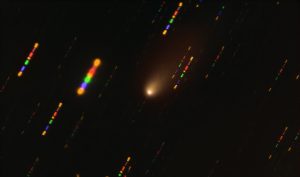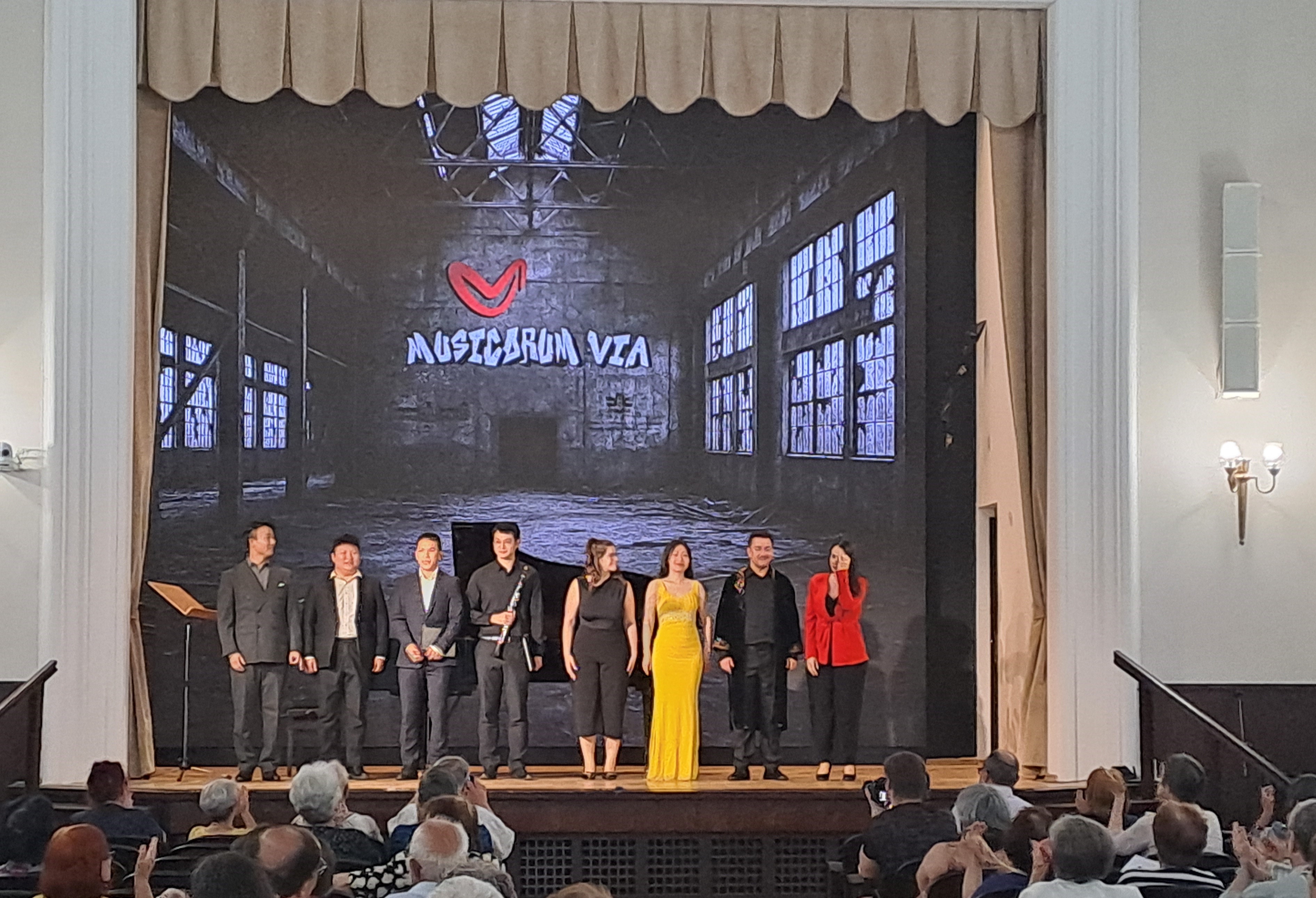
Source: ЕSO, O. Hainaut
The Institute of Astronomy with National Astronomical Observatory-BAS (IA with NAO) has named the results of the observations of comet 2I/Borisov, also known as C/2019 Q4 (Borisov), scientific achievement of 2021. They were conducted by an international team of scientists with the participation of IA researcher Assoc. Prof. Dr. Galin Borisov .
Comet 2I/Borisov was discovered on 30 August 2019 by astronomer Gennady Borisov at the MARGO Observatory, Crimea, and is believed to be the most authentically preserved cosmic object – a sojourner in our solar system, second only to the asteroid 1I/’Oumuamua. The team of astronomers led by Dr. Stefano Bagnulo from the Armagh Observatory, Assoc. Borisov and their colleagues from France, Italy, Spain, the UK and the USA have published the results of their 2019/2020 studies of Comet 2I/Borisov in the prestigious scientific journal ‘Nature Communications’.

Assoc. Prof. Dr. Galin Borisov from IA with NAO at BAS, participant in the international team of scientists who studied comet 2I/Borisov
In order to determine the physical characteristics of the dust particles in the comet’s coma (cometary atmosphere), our team performed polarimetric observations of the comet with the FORS2 instrument and the VLT telescope of the Southern European Observatory – says Assoc. Prof. Galin Borisov. – The eccentricity (flattening) of the orbit of this cosmic body shows that it is an object that is not gravitationally bound to the Solar System. This makes it the first unambiguous case of a comet arriving from interstellar space. So far, only two such objects have been observed in our solar system. While the first, 1I/’Oumuamua, had asteroidal characteristics, there is clear evidence of cometary activity for the second, 2I/Borisov.
Our study reveals that the polarization of sunlight reflected by 2I/Borisov’s dust particles is higher than that typically measured for comets in the Solar System. This feature distinguishes it from dynamically evolved objects such as those of the Jupiter family, as well as all short- and long-period comets of our solar system. The only object with similar polarimetric properties to 2I/Borisov is comet C/1995 O1 (Hale-Bopp) – it is thought to have approached the Sun only once before its appearance in 1997. Unlike Hale-Bopp and many other comets, 2I/Borisov exhibits a polarimetrically homogeneous coma, suggesting that it is an even more time-preserved object in its authentic form.
The similarity between the polarimetric properties of the two comets must depend on the microscopic structure and composition of the aggregates, not on their macroscopic characteristics, since they are quite different in size. The analysis of the photometric profile of the inner coma suggests that comet Hale-Bopp belongs to the class of giant comets, with an estimated nucleus diameter between 20 and 35 km, while for 2I/Borisov it is ≤0.4 km. The close resemblance between its polarimetric behavior and that of Hale-Bopp suggests that regardless of the astrophysical environment from which comet 2I/Borisov originated, such an environment had properties that led to the formation of a body with significant similarities to bodies found in the outer regions of the solar system – a remarkable result in itself. This similarity may also lead us to suggest that the dust particles of 2I/Borisov are small, similar to those of Hale-Bopp.
Assuming that the same relationship between albedo (surface reflectivity) and polarization found for asteroids holds for comets, our observations would indicate that comet 2I/Borisov also has a low geometric albedo, a property shared by most comets in our solar system.
In conclusion, comet 2I/Borisov has likely never passed close to the Sun or another star and may represent the first comet composed of truly intact matter ever observed.






